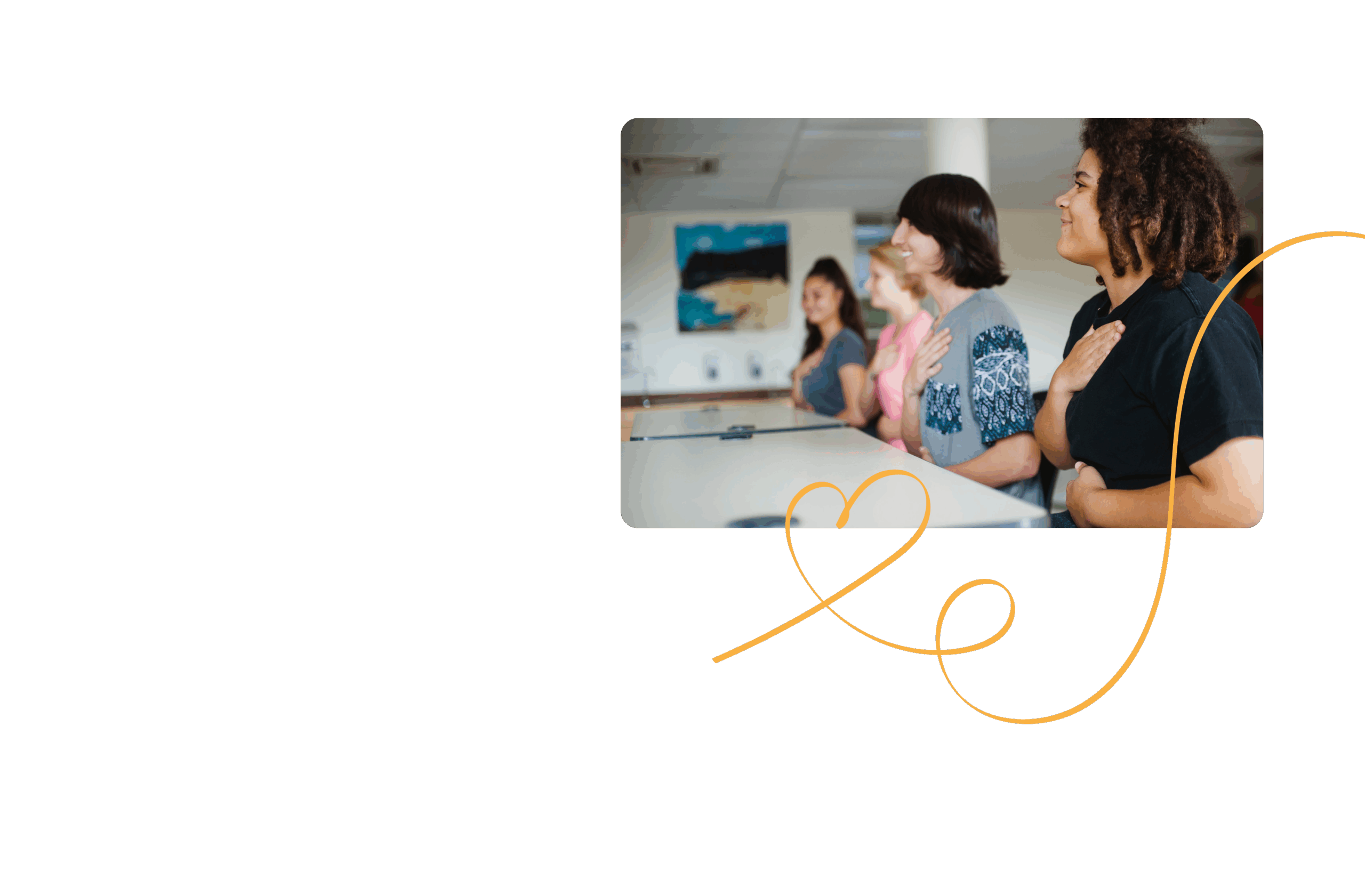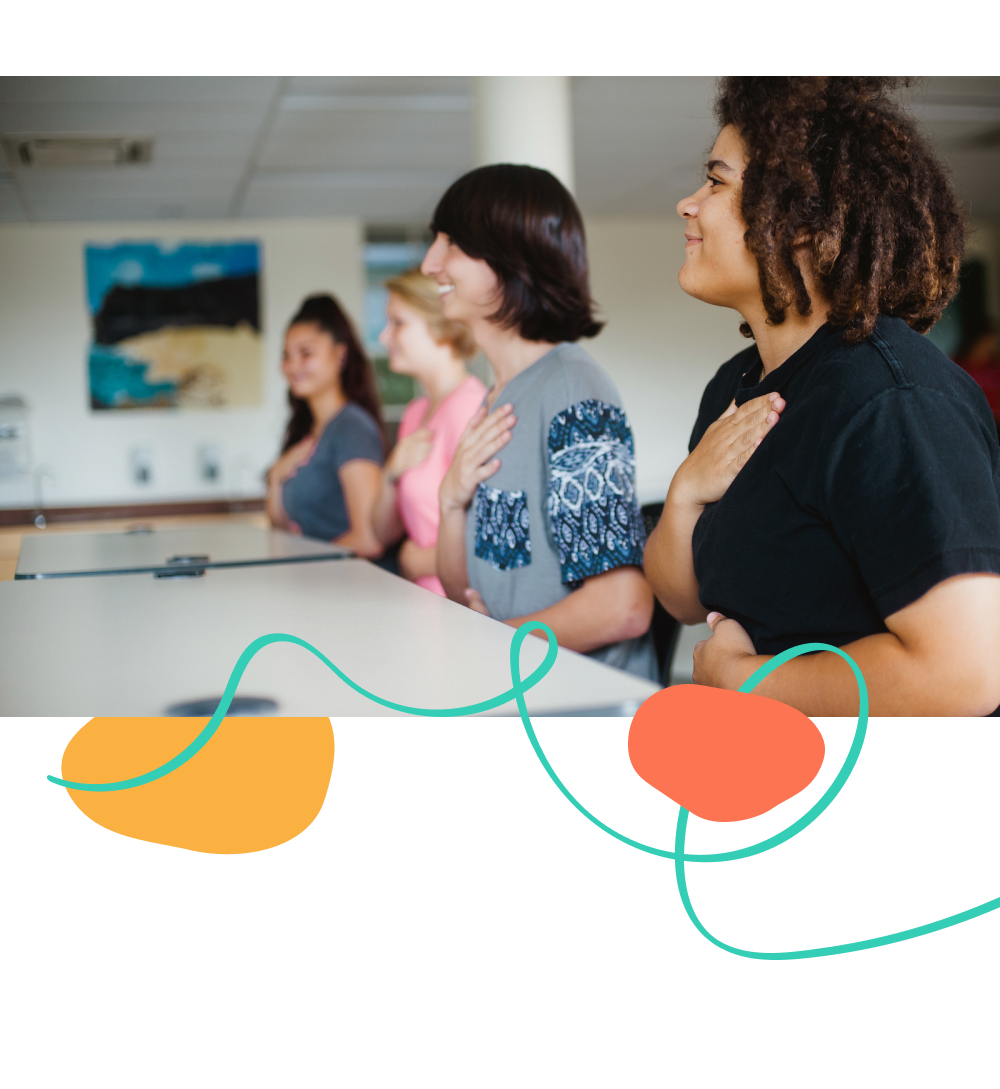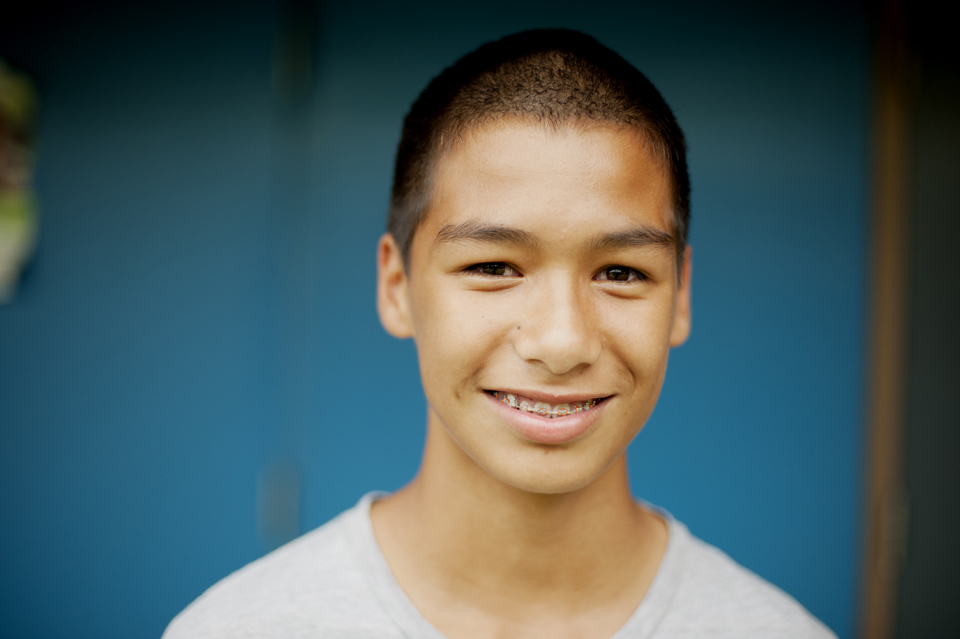You can’t automate an at-the-door greeting. You can’t program presence. And when a student slowly shuts down in the back of your classroom with eyes glazed, posture slumped, and energy dimmed, no AI tool in the world can recognize that quiet disengagement the way you can.
AI can analyze patterns, trends, and data. But humans sense what’s unspoken.
Emotional intelligence and human intelligence go beyond trendy terms. They reflect what education systems need to reclaim to truly support students and teachers alike.
And in a profession where burnout is at an all-time high and student mental health is reaching crisis levels, these capacities aren’t extra.
They’re everything.
What Is Human Intelligence?
Across centuries and cultures, philosophers and educators alike have asked: What does it mean to be human? And more urgently, how do we raise and teach one another to live fully, courageously, and connectedly in a complex world?
To be human is to feel deeply, to create beauty from struggle, to hold paradox, to be aware of our own awareness. It’s to navigate a world without clear answers… with each other.
From ancient wisdom traditions to modern psychology, from indigenous knowledge to contemporary neuroscience, one truth threads through time: human beings are not just rational thinkers or task-completers. We are emotional, social, imaginative, and ethical creatures. When we honor those parts of ourselves and our students, education transforms from instruction to connection.
Human Intelligence isn’t a single skill or gift. It’s the integration of our emotional, relational, and creative capacities. It’s the courage to bring them forward in how we live, teach, and lead.
Human Intelligence is comprised of five interconnected capacities to cultivate across a lifetime:
- Emotional Intelligence: The capacity to feel. To recognize, understand, learn from, manage, and utilize emotions.
- Social Intelligence: The capacity to relate and belong. To cultivate connection and build relationships and community.
- Somatic Intelligence: The capacity to sense and move. To be aware of and utilize the body and nervous system for resilience, health, and vitality.
- Cognitive Intelligence: The capacity to think. To direct attention, reason, collaborate with AI, and innovate.
- Universal Intelligence: The capacity to live with trust and purpose. To feel connected, tap into inspiration, and live in alignment and harmony.

These capacities evolve through experience and practice, and they equip educators to go beyond cognitive skillsets to develop the full potential of themselves and their students, as whole human beings.
Emotional Intelligence: The Capacity That Changes Everything
Emotional intelligence is one vital component of Human Intelligence. Psychologist Daniel Goleman defines emotional intelligence through four components: self-awareness, self-regulation, social awareness, and relationship management.

It involves:
- Recognizing emotions in yourself and others
- Responding skillfully under stress
- Co-regulating in real time
- Building emotional safety and belonging
Science backs up the importance of emotional intelligence in schools. Research from the Yale Center for Emotional Intelligence and CASEL shows that teachers with high EQ experience less burnout, build stronger classroom relationships, and foster better academic outcomes.
Labeling them ‘soft skills’ underestimates their power. These capacities help educators stay grounded, build trust, and create the kind of learning environments where students and teachers can thrive.
The best part? Emotional Intelligence is not a fixed personality trait. These skills can be learned and taught.
The Mental Health Crisis in Schools
Today’s schools are stretched thin.
Teachers are navigating explosive behaviors, constant disruptions, and classroom conditions that can feel more like crisis zones than places of learning. Every day asks them to be social workers, counselors, and de-escalation experts, all while teaching content and keeping everyone safe. The CDC reported in 2023 that 40% of students felt persistently sad or hopeless, and 1 in 5 seriously considered suicide. With students struggling with grief, isolation, and dysregulation, teachers are running trauma triage with little to no support.
Teachers are now carrying growing levels of secondary trauma, anxiety, and burnout. According to Gallup data, K-12 education had the highest rate of burnout among all industries in the U.S., with 44% of workers reporting burnout and 59% of teachers reporting “often” or “always” feeling job-related stress.
Emotional intelligence won’t fix underfunding, broken systems, or the impossible expectations placed on educators. But it can give us the internal tools to stay grounded and steady while we work to change them from the inside out.

Regulate Before You Educate
So what does this look like in practice? You embody it when your student who’s usually loud goes quiet and you pause to check in. Or when your colleague tears up during lunch and instead of brushing past it, you hold space and listen.
In emotionally intelligent classrooms, regulation is a daily ritual. Educators model it, teach it, and co-create it with students.
When educators emulate self-regulation, they shift the energy of the entire room. When students learn to identify what they’re feeling and what they need, they regain agency in moments that would otherwise spiral.
Here’s what this can look like:
- Breathe first. Begin class with three collective breaths: one hand on heart, one on belly. Simple, free, and neurologically proven to downshift the nervous system.
- Two-word check-in. Use a feelings wheel, thumbs scale, or quick journal prompt to help students name what’s going on inside. Invite honesty, not perfection.
- Co-create agreements. Replace “rules” with shared commitments about how you want to feel and support one another.
- Anchor transitions. Use music, movement, or visualization to ease transitions and reset energy.
- Name your own state. Model awareness: “I’m feeling really activated right now, so I’m going to take a deep breath before we move on.”
- Teach tools on purpose. Tools like breathwork, grounding, and mindful movement are your friends. Teach them like math strategies. Practice together, then encourage independent use.
- Create space for pause. Offer a “reset” area or pass not as punishment, but empowerment. Let students opt in when they need a break.
These practices can and should look different depending on your students’ developmental stage. What regulation looks like in kindergarten will naturally differ from what’s effective in high school, but the core intention remains the same: help students notice what they feel and support them in returning to a place of readiness.

Strategy Spotlight: Two-Word Check-In, Differentiated
One strategy that works across all grade levels is the Two-Word Check-In.
In elementary classrooms, students might point to a feelings chart or use sentence stems like, “I feel happy and nervous.” In middle school, it can become a daily or weekly routine where students write or speak their check-in, with optional journaling or group reflection. By high school, the check-in can take the form of a silent, written or digital prompt paired with a reflective question like, “How might this impact your focus today?”
No matter the age, this simple practice builds emotional vocabulary, creates connection, and helps both students and educators start class grounded and aware.
These simple practices are the emotional scaffolding that makes learning possible. And when schools make emotional intelligence part of their pedagogy, mental health stops being a crisis and starts becoming culture.
Why Human Intelligence is the Future of Education
AI will keep evolving. But the soul of education will stay human.
The classrooms of tomorrow won’t need more content delivery. They’ll need connection and empathy. They’ll need educators fluent in creativity, courage, and curiosity.
That’s why Human Intelligence is the most urgent skillset of our time. Emotional intelligence is foundational to Human Intelligence in the classroom, and it looks like:
- Regulation before instruction
- Connection before content
- Trust before transformation
This is the work of the future. Not just to teach content, but to awaken what it means to be alive, learning, and growing. Not just to deliver lessons, but to unlock the full potential of what it means to be human.
Learn more about Human Intelligence through our certification program for educators.





